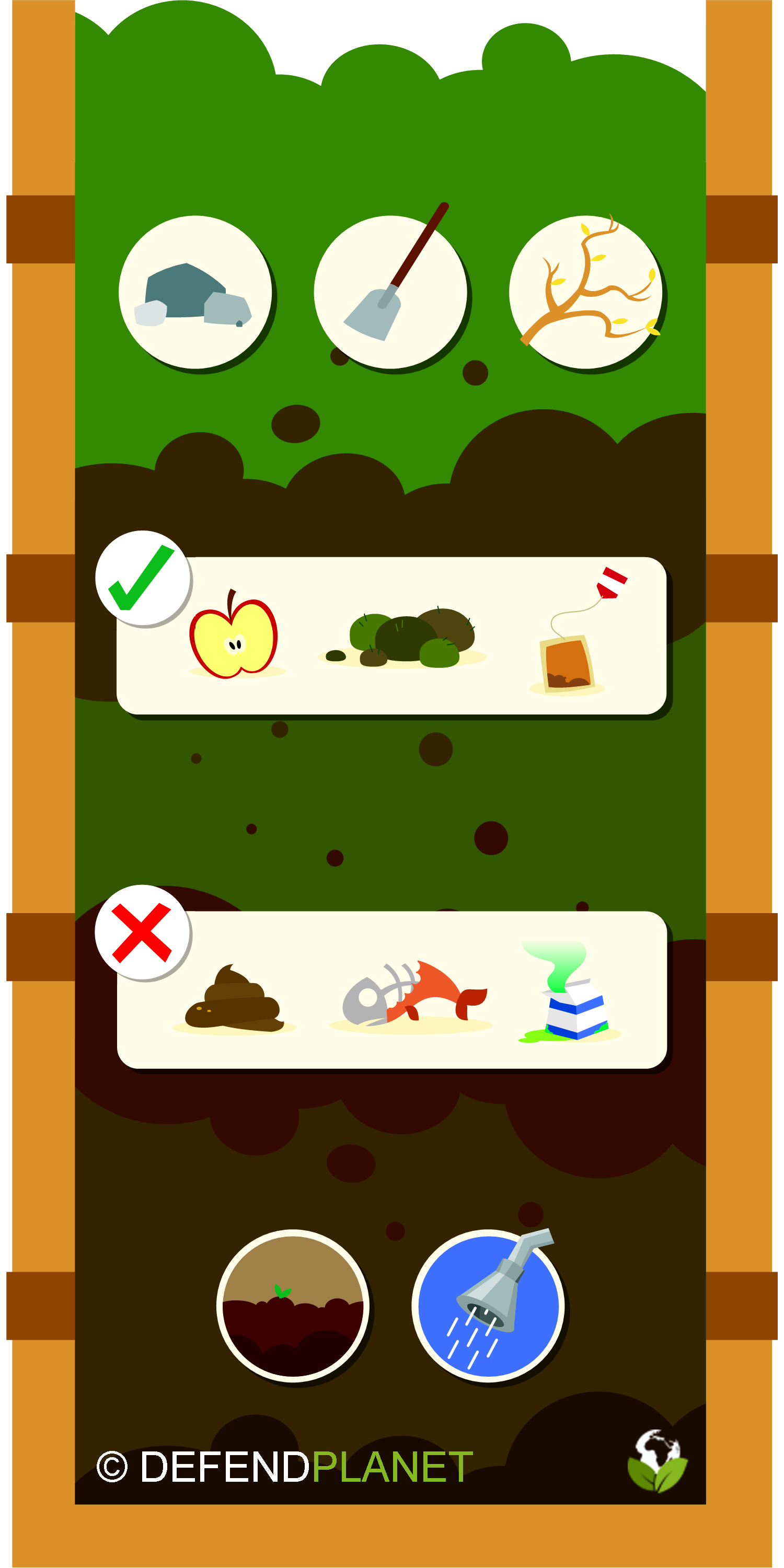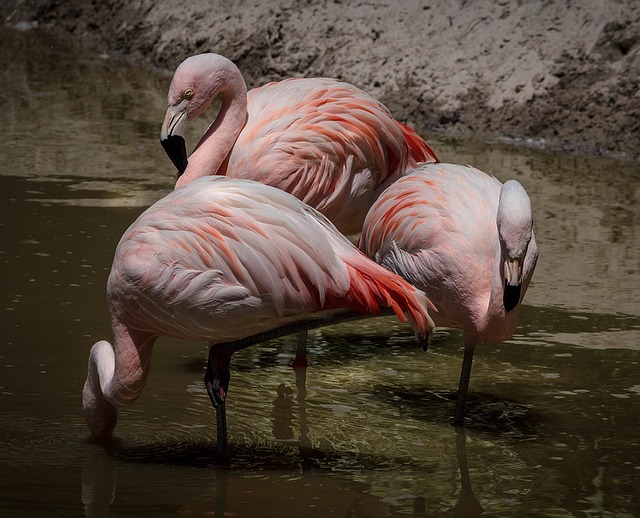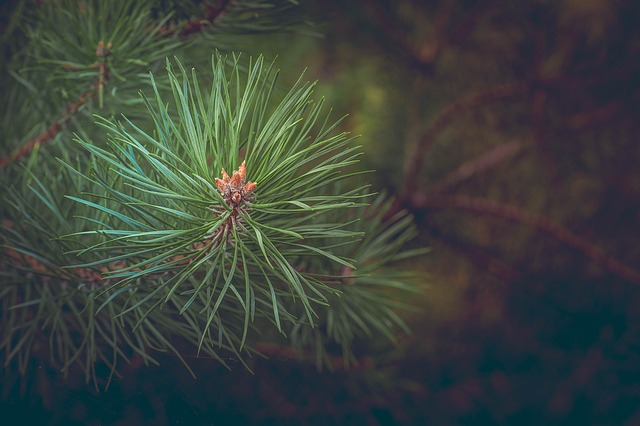
Let’s start by saying that compost is an organic fertilizer obtained when organic waste is transformed by micro-organism activity. Organic waste will turn into an organic fertilizer that will bring big benefits not only to soil, but environment as well. With compost, it’s possible to reduce the use of chemical fertilizers, diminish greenhouse gas emissions, and reduce the amount of trash we throw into the dumpster.
To make compost in home, we first need to choose a place to pile organic waste, and then we have to decide if it’s going to be on soil or on an enclosed compost bin.
If we are going to pile organic waste directly into the soil it has to be unpaved and include an inclination for water drain. We can also use a compost bin made with wooden pallets or an enclosed compost bin.
* If you make a compost pile on bare earth:
Required tools and supplies:
– A shovel.
– Rocks.
– Branches.
– Wet and dry waste that CAN be composted: fruits, vegetables, fruit juice, shredded bark, leaves and dry flowers from trees, green or dry plants, green or dry grass, ashes, sawdust, eggshells, rice, farm animal manure, paper towel, egg cartons, tea bags, coffee residue, wine and beer.
Waste that CAN’T be composted: dry or wet weed plants, ashes from coal or from treated items, sawdust from treated wood (like agglomerate), farm animal manure from animals on antibiotics, human feces or pet feces (because disease-causing pathogens could be transmitted), decomposing dairy and grease (can be used but produce bad odors), cooked meals, food grains, fish, meat and bones (attract rodents).
– Soil.
– Water.
– Compost needs to be implemented in a wide area of at least 40 inches of length and width so weather can ferment waste.
– Crossed branches need to be placed first and then some rocks need to be spread over soil in order to insure proper ventilation.
– Layers of 6 to 8 inches with dry waste need to be placed (sawdust, leaves, shredded bark).
– Over dry layer wet waste should be placed (vegetables, fruits, grass).
– In another layer farm animal manure should be placed.
– Next step is to add a thin layer of soil.
– Egg shells could be added with soil.
– Mix waste very thoroughly after first month – or before if there is a lot of moisture.
– Keep alternating layers of compost, watering if it’s too dry and finishing with an extra bit of soil.
– During the following months, compost should be watered once in a while to keep moisture and it should be mixed in order to accelerate decomposition.
– Mature compost is obtained after 5-6 months on average, and it should look and smell like dark soil. After that you are ready to use this organic fertilizer on your garden.
* If you are making your own compost box from pallets:
Required tools and supplies:
– Wooden pallets.
– A hammer.
– Nails.
– Remember to assemble all sides of your compost box; it is advisable that the base touches the ground and one of the sides should be open in order to mix compost and provide good ventilation.
– Technique for your compost here is pretty much the same we described before; it’s important to insert layers between organic waste, and then do some proper watering and mixing, in order to obtain a good organic fertilizer after a few months (5-6 months).
* If you are using a compost bin:
– Choose the container that best fits your area; there are also some compost bins with doors that make easier the process of mixing waste.
– Technique is the same as described before.





